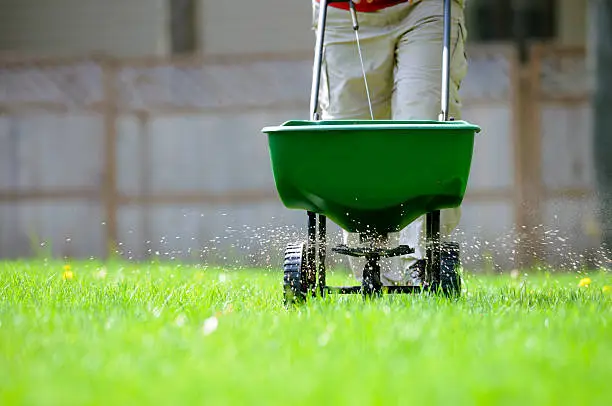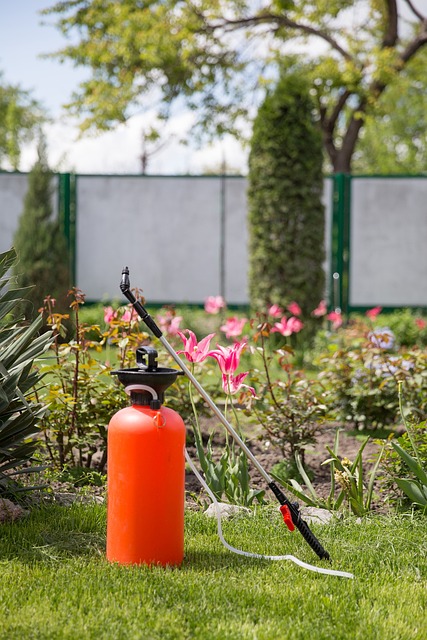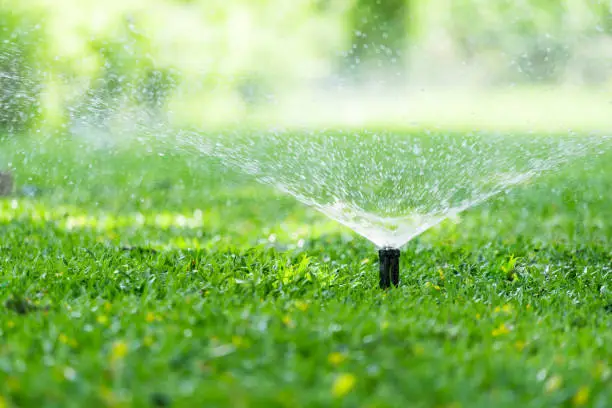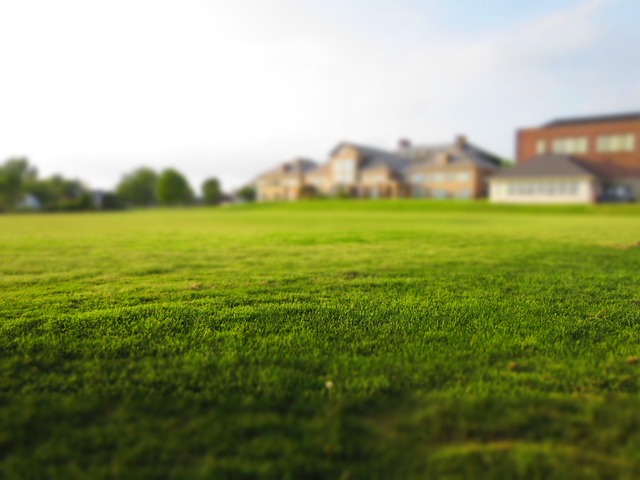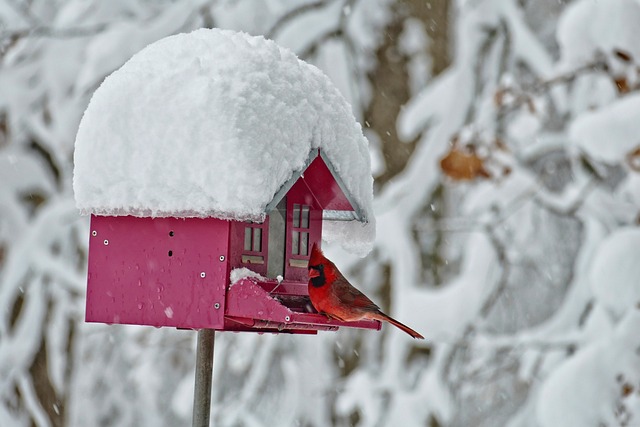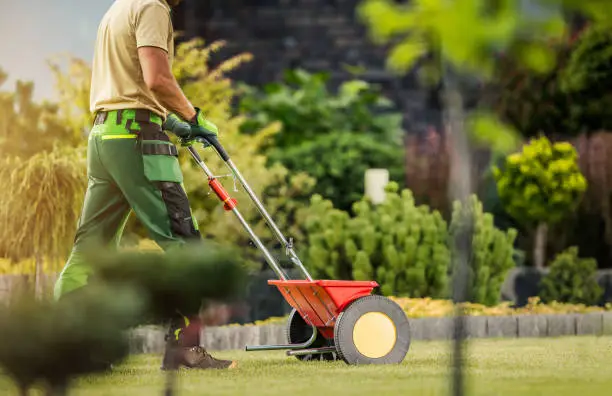The Best Time To Fertilize Your Lawn In Rochester Mn
When to Fertilize Your Lawn in Rochester, MN
Are you a homeowner in Rochester, Minnesota, looking to achieve that lush, green lawn that’s the envy of your neighborhood? Well, you’re in the right place. Fertilizing your lawn is a crucial step in maintaining its health and vibrancy. In this article, we’ll delve into the specifics of when to fertilize your lawn in Rochester, MN, and provide you with expert advice to make your lawn the talk of the town.
The Best time to fertilize your lawn in Rochester Mn?
The best time to fertilize your lawn in Rochester Mn is in the fall, specifically early August through mid October.
In the fall months shoots start to grow again and nutrients are stored in the long roots for the winter. Optimal shoot growth occurs with air temperatures of 55 to 75°F.
Cool-season root growth is stimulated by soil temperatures above 32°F, and is optimal with soil temperatures between 50 and 65°F.
University Of Minnesota
In the Land of 10,000 Lakes, where winters can be harsh, and summers are relatively short, choosing the right time to fertilize your lawn is going to be one of the best ways to get the most out of your fertilizer. Fall, with its cooler temperatures and more predictable weather patterns, is the best season for this essential lawn care task. But why is that the case?
Why Fertilize in the Fall?
1. Cooler Temperatures Promote Root Growth
In Minnesota, fall brings about cooler temperatures, making it easier for your lawn to recover from the stress of summer. When the heat of summer subsides, your grass can focus on root development. The key to a healthy, resilient lawn lies beneath the surface, as strong, deep roots provide better drought resistance and overall vitality. Fall fertilization ensures your grass receives the necessary nutrients to strengthen its root system.
2. Reduced Weed Competition
We all know that weeds can be a relentless adversary in any lawn. By fertilizing in the fall, you’re giving your grass a competitive edge. With the slowing weed growth in cooler temperatures, your lawn can better absorb the nutrients in the fertilizer, outcompeting the unwelcome invaders. This means a thicker, healthier lawn with fewer unsightly weeds.
3. Nutrient Uptake and Storage
In fall, your grass shifts its focus from top growth to energy and nutrient storage. Fertilizing during this period allows your lawn to stockpile essential nutrients, ensuring it has the necessary reserves to endure the winter months and burst forth with vigor come spring.
4. Disease Resistance
Fall fertilization helps fortify your lawn against diseases. By boosting your grass’s health and resilience, you reduce the risk of fungal and other diseases taking hold during the winter, which is a common concern in Minnesota’s wet and cold conditions.
Now that we understand why fall is the best time, let’s get into the nitty-gritty details of how to go about fertilizing your lawn in Rochester, MN.
Fertilizing in Rochester, MN – A Step-by-Step Guide
Fertilizing your lawn is not as simple as scattering fertilizer pellets around. It requires a thoughtful approach to ensure your lawn gets the maximum benefit. Here’s a step-by-step guide on how to do it right.
1. Choose the Right Fertilizer
Selecting the right fertilizer is crucial for achieving a vibrant lawn. For Rochester’s climate, a balanced, slow-release fertilizer with a ratio of 3-1-2 (nitrogen-phosphorus-potassium) is an excellent choice. Slow-release fertilizers provide a steady nutrient supply to your lawn over an extended period, promoting even growth and minimizing the risk of nutrient runoff.
2. Test Your Soil
Before you start fertilizing, it’s essential to know the nutrient levels in your soil. Soil testing is a key step to determine the exact needs of your lawn. It tells you if your lawn is lacking in specific nutrients, allowing you to tailor your fertilization strategy accordingly. The University of Minnesota Extension offers soil testing services, and they can provide you with valuable insights to make informed decisions.
3. Apply the Fertilizer Correctly
When applying fertilizer, follow these guidelines to ensure an even and efficient distribution:
- Use a broadcast or drop spreader to ensure an even application.
- Apply the fertilizer in two perpendicular passes to minimize the risk of uneven coverage.
- Calibrate your spreader according to the manufacturer’s instructions for the chosen fertilizer.
4. Mind the Weather
Timing your fertilization is crucial. Aim for early to mid-fall, typically between September and early October in Rochester, MN. Avoid applying fertilizer during periods of heavy rainfall to prevent runoff, which can lead to water pollution. Likewise, refrain from fertilizing when the ground is frozen or during the hot summer months, as the grass is less receptive to nutrients during these periods.
5. Water After Fertilization
After applying the fertilizer, give your lawn a good, deep watering. This helps activate the nutrients and drives them into the soil, where the grass roots can access them. Be sure to water evenly and thoroughly to prevent over-concentration of fertilizer in one area.
6. Mowing and Maintenance
Keep mowing your lawn as needed throughout the fall, but avoid removing more than one-third of the grass height in a single mowing. This practice ensures that your grass retains its vigor and can efficiently utilize the applied nutrients.
7. Aerate if Necessary
If your lawn has compacted soil or thatch buildup, consider aerating it in early fall. Aeration promotes better soil penetration for the fertilizer, allowing the nutrients to reach the root zone more effectively.
8. Keep an Eye on Local Conditions
Keep an eye on local weather and soil conditions, as they can affect your fertilization schedule. If you have an unusually warm or cold fall, adjust your timing accordingly to ensure the best results.
Frequently Asked Questions
Q: Can I fertilize in the spring or summer in Rochester, MN?
A: While fall is the ideal time for fertilization in Minnesota, you can also apply a light dose of fertilizer in the spring to give your lawn a boost. However, be cautious not to over-fertilize during the growing season, as it can lead to excessive top growth at the expense of root development.
Q: How often should I fertilize my lawn in Rochester, MN?
A: In most cases, a single application of fertilizer in the fall is sufficient. However, if your lawn has specific nutrient deficiencies or your soil test recommends more frequent fertilization, you may consider a second application in late spring.
Q: What’s the best way to store unused fertilizer?
A: Properly store any unused fertilizer in a cool, dry place away from moisture and direct sunlight. Make sure the bag is tightly sealed to prevent moisture from getting in and clumping the fertilizer.
Summary
In Rochester, MN, the best time to fertilize your lawn is undoubtedly in the fall. The cooler temperatures promote root growth, reduce weed competition, aid in nutrient storage, and enhance disease resistance. To ensure your lawn’s health and vitality, follow our step-by-step guide, choosing the right fertilizer, testing your soil, and applying it correctly. With proper care, your lawn will be the pride of your neighborhood, and you’ll have a beautiful, lush carpet of grass to enjoy all year round.

